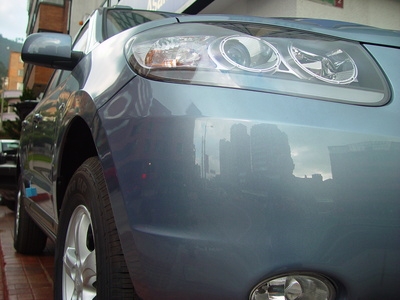
A Constant Velocity joint is vital to a car's normal operation and usually creates a few noticeable problems when it becomes worn. Identifying problems as warning signs before your CV joint fails will prevent you from being stranded.
You will notice loud noises coming from the front end of your car like clicking, clunking, popping or ticking that usually indicate a worn CV joint. The noises are most noticeable when turning during tight corners but could also be heard while driving down a straight road.
A worn CV joint can often cause a worn or torn CV boot and cause the CV joint to lose lubrication and shorten the joint's life dramatically. A CV boot can be repaired, and this can prolong the life of a CV joint. You can notice a tear in a CV boot after the CV joint has lost too much lubrication by a puddle of fluid on the ground, and the CV joint most likely will need replacing to function normally.
Replacing a worn CV joint when the problems first arise can save you the trouble of dealing with a completely failed CV joint. A completely failed CV joint will leave you with a car that will not be able to move on its own. The problems a worn CV joint creates are not urgent and don't require instant fixing but are a definite sign of the part failing. Have your mechanic visually inspect your CV joint at every oil change.